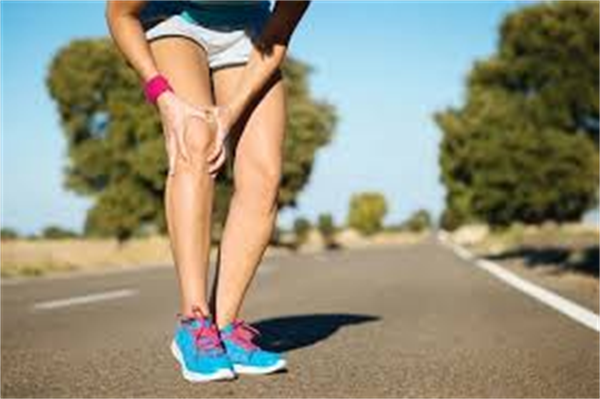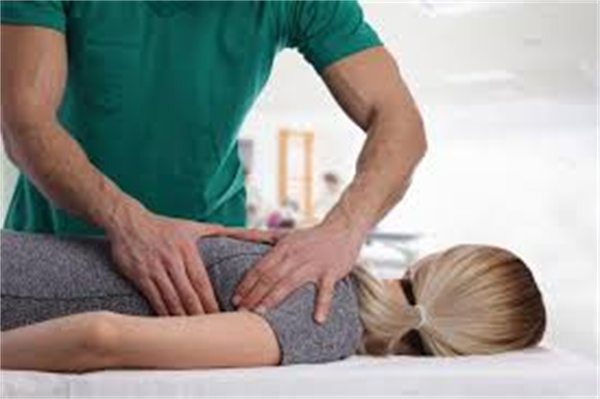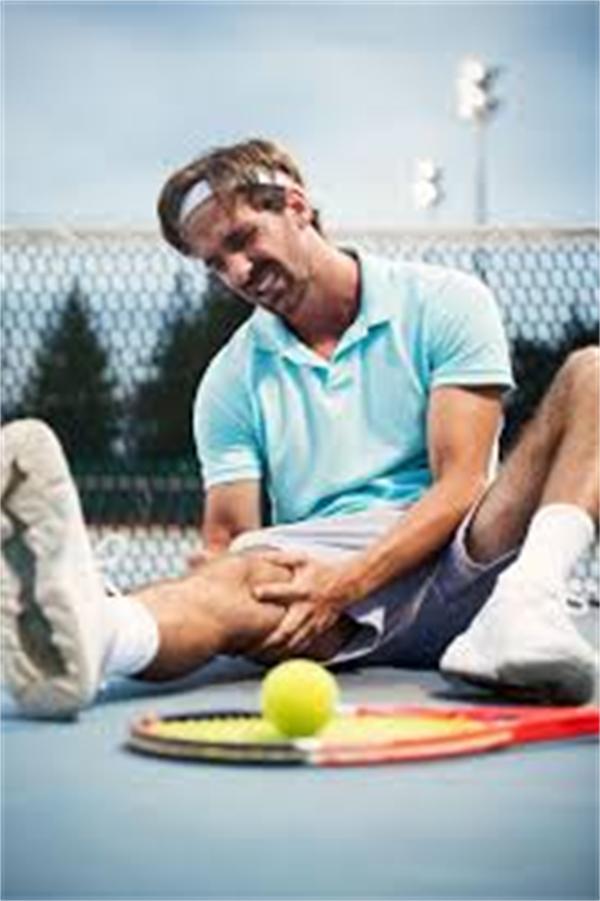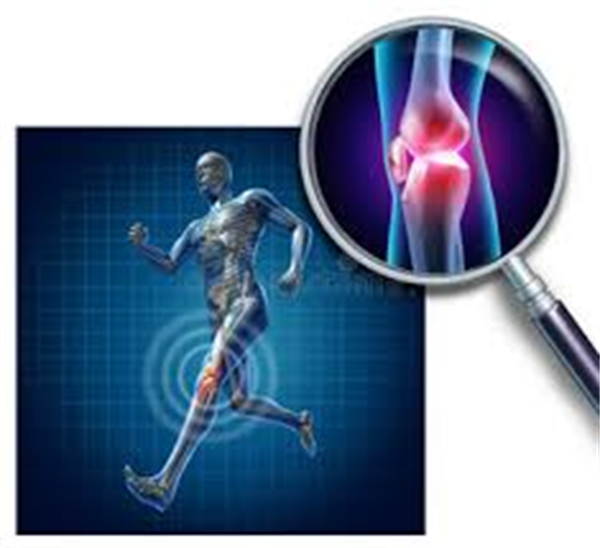There are many types of sports injuries, and sports injuries to different parts of the human body are different for each sport. In general, athletes tend to have more minor injuries, more chronic injuries, and fewer severe and acute injuries. Among the chronic minor injuries, some are caused by putting into training before complete recovery after an acute injury, and others are caused by improper exercise arrangement and excessive local load. In mass fitness, the occurrence of sports injuries of exercisers is similar to that of athletes, but there are also great differences. There are relatively more acute injuries and fewer strain injuries. In the face of many types of sports injuries, as long as the following preventive principles are followed, the occurrence of sports injuries can be avoided or reduced:

(1) Comply with the general principles of systematic and step-by-step physical exercise. Athletes of different genders, ages and different sports should be treated differently regardless of whether they are injured or not. If they are given the same amount of exercise and intensity and learn movements of the same difficulty, athletes with poor quality will be injured. Avoid "one-on-one" training methods in training sessions.
(2) Focus on stretching exercises. Stretching exercises are designed to stretch muscles and soft tissues before, during and after exercise, so that the stretched muscles or soft tissues can be fully relaxed. This is conducive to muscle recovery from fatigue, prevents muscle strain, maintains muscle elasticity, and avoids stiffness and deformation of exercise techniques. The stretching exercise in preparation for the activity is to reduce the internal viscosity of the muscles and soft tissues, increase the elasticity, increase the muscle temperature, and prevent the muscle strain during exercise. Active stretching training is mainly used; the stretching exercise after training is to relax. Stiff and tired muscles can accelerate the discharge of metabolites inside the muscles, reduce muscle soreness, and restore physical fitness as soon as possible. Passive stretching is mainly used.


(3) Strengthen the protection and assistance in sports. In order to avoid possible injuries, it is best to master various methods of self-protection, such as falling or falling from a height, you must keep your legs together and protect each other to avoid knee and ankle injuries. Learn various rolling movements to cushion the impact with the ground; the correct use of various support belts, etc.
(4) Strengthening the training of vulnerable parts and relatively weak parts and improving their function is a positive means to prevent sports injuries. For example, in order to prevent waist injury, the training of the psoas and abdominal muscles should be strengthened, the strength of the psoas and abdominal muscles should be improved, and their coordination and antagonistic balance should be enhanced.
(5) Pay attention to the training of small muscle groups. The muscles of the human body are divided into large and small muscle groups, and small muscle groups generally play the role of fixing joints. General strength exercises often focus on large muscle groups while ignoring small muscle groups, resulting in unbalanced muscle strength and increasing the chance of injury during exercise. The exercises of small muscle groups mostly use small dumbbells or rubber pulls with small weights, and heavy upper body exercises are often harmful and unhelpful. In addition, the exercise of small muscle groups should be combined with movements in multiple directions, and the movements should be precise and accurate.
(6)Pay attention to the stability of the central body. Central stability refers to the strength and stability of the pelvis and trunk. Central strength and stability are essential for performing a variety of complex motor movements. However, the traditional central training is mostly carried out on a fixed plane, such as the usual practice of sit-ups, etc., the function is not strong. Central strength exercises should include both abdominal flexion and rotation.

(7) Strengthen self-supervision and formulate some special self-supervision methods according to the characteristics of sports. For example, for items that are prone to patella strain, a single-leg half squat test can be performed, even if there is knee pain or knee weakness, even if it is positive; for items that are prone to rotator cuff injury, the shoulder arch test should be performed frequently (when the shoulder is raised 170 degrees, then Force back extension), pain is positive. Those who are prone to fatigue fracture of tibia and fibula and flexor tendon tenosynovitis should often do the "toe push-on test", and those with pain in the injured area are positive.
(8) Create a safe environment for exercise: sports equipment, equipment, venues, etc. should be strictly checked before exercising. For example, when participating in tennis exercise, the weight of the racket, the thickness of the handle, and the elasticity of the rope of the racket should be suitable for exercise. Women's necklaces, earrings and other sharp objects should not be worn temporarily during exercise; exercisers should choose a pair of elastic shoes according to the sports items, the size of the feet, and the height of the arch of the foot.
Post time: Oct-26-2022










